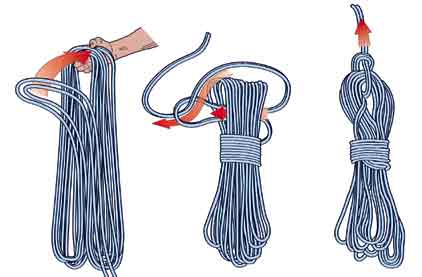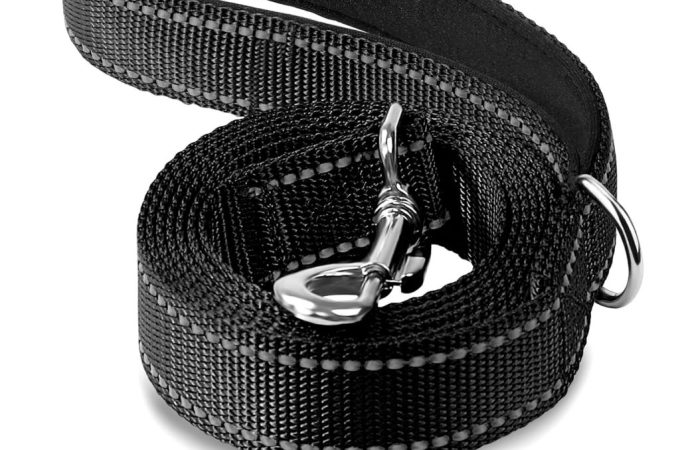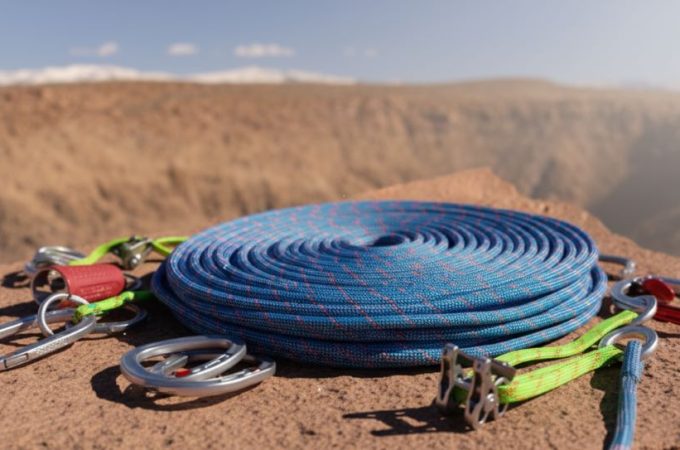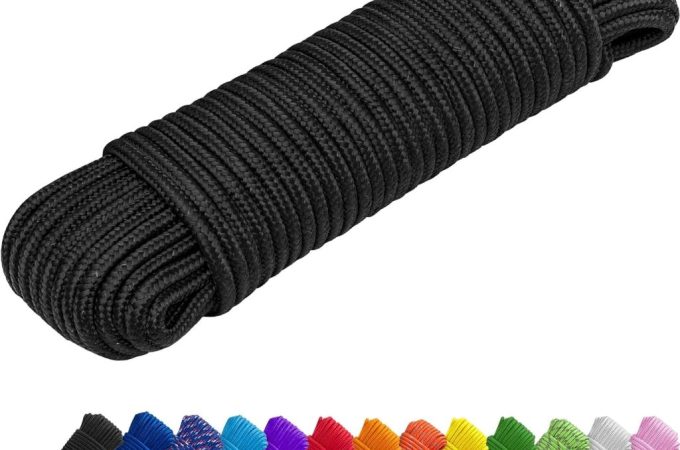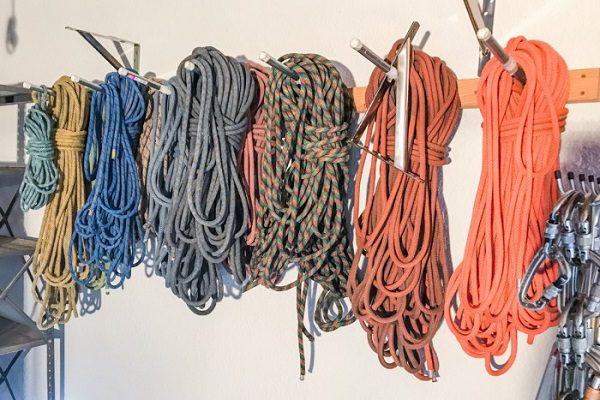
How To Store A Rope: The Essential Guide
Managing your rope properly is important for its life span and decreasing the risk of it breaking. Ropes eventually lose their elasticity and will get tangled, which could cause serious injuries or worse. In this blog article, we’ll show you how to store a rope in different ways so that you can prevent this from happening!
Contents at a Glance
ToggleHow to store a rope?
Ropes are one of the most important pieces of gear you’ll ever own. You use them to move things, and they can save your life.
Here’s how to store a rope:
1. Make a big loop.
2. Make several smaller loops.
3. Put the big loop over the small loops, andpull tight.
4. Make sure the large loop is tight, but not too tight that it’s uncomfortable to wear or difficult to untie.
5. Store your rope in a cool, dry place where it will be easy to access if you need it.
What you should know before storing a rope
When it comes to storing ropes, there are a few things you need to keep in mind. Ropes can be susceptible to infections if not properly stored, so it’s important to take measures to prevent the spread of germs. Here are some tips on how to store a rope:
1. Keep ropes out of the reach of children and pets. Animals can mistake ropes for toys and get tangled in them, which can lead to serious injuries.
2. Keep ropes away from direct sunlight or heat sources. These elements can cause ropes to become brittle and prone to breaking.
3. Store ropes in a cool, dry place away from moisture and rodents. These creatures can chew through ropes if they’re placed in an area where they have access to them.
4. Make sure ropes are properly coiled when not in use. This will prevent them from becoming tangled up and easier to access by animals or children.
How to store a rope in an airtight container
If you’re like most people, you probably think of ropes as something to be used sparingly and only when necessary. But ropes are actually one of the most versatile pieces of gear you can carry with you on your outdoor adventures.
So what do you do when you’re not using a rope?
Here’s a quick guide on how to store a rope:
1. Make sure the rope is clean and dry.
2. Store the rope in an airtight container.
3. Make sure the container is easy to access if you need to use the rope quickly.
4. Keep the container out of direct sunlight and moisture.
How to store a rope in a bag or sheath
When it comes to storing a rope, there are a few things to keep in mind.
The most important thing is to make sure the rope is dry and free of dust and dirt. Ropes can be stored in a bag or sheath, but they should be kept away from sunlight, heat, and moisture.
If you’re storing your rope in a bag, make sure to pack it tightly so it doesn’t move around. To protect the rope from wear and tear, it’s helpful to put a knot in the end of the rope each time you use it.
Finally, make sure to store your rope with the correct size for the job at hand. Ropes used for climbing or rappelling are typically shorter than ropes used for carrying heavy objects or tying knots.
What to do if the rope becomes damaged?
If you injure a rope, the most important thing to do is stop! Ropes can easily be cut or torn if not handled correctly. The following are some steps to follow in order to prevent injury:
1. Tie off the end of the rope before any action is taken.
2. If possible, use a clove hitch or a bowline knot when tying off the end of the rope. These knots are less likely to slip and can hold more weight.
3. If using a knot, make sure it is tight enough so that it cannot slip but still allows the rope to move freely.
4. Do not attempt to cut or untie the knot; this could lead to further injury.
5. Hold onto the rope while working with it, and be careful not to cause any further strain on the rope or cordage.
Conclusion
If you’re like most people, you probably have a few ropes lying around that you never use. But if you know how to store them properly, those ropes can be extremely useful when it comes to fixing things or pulling things in the yard.

